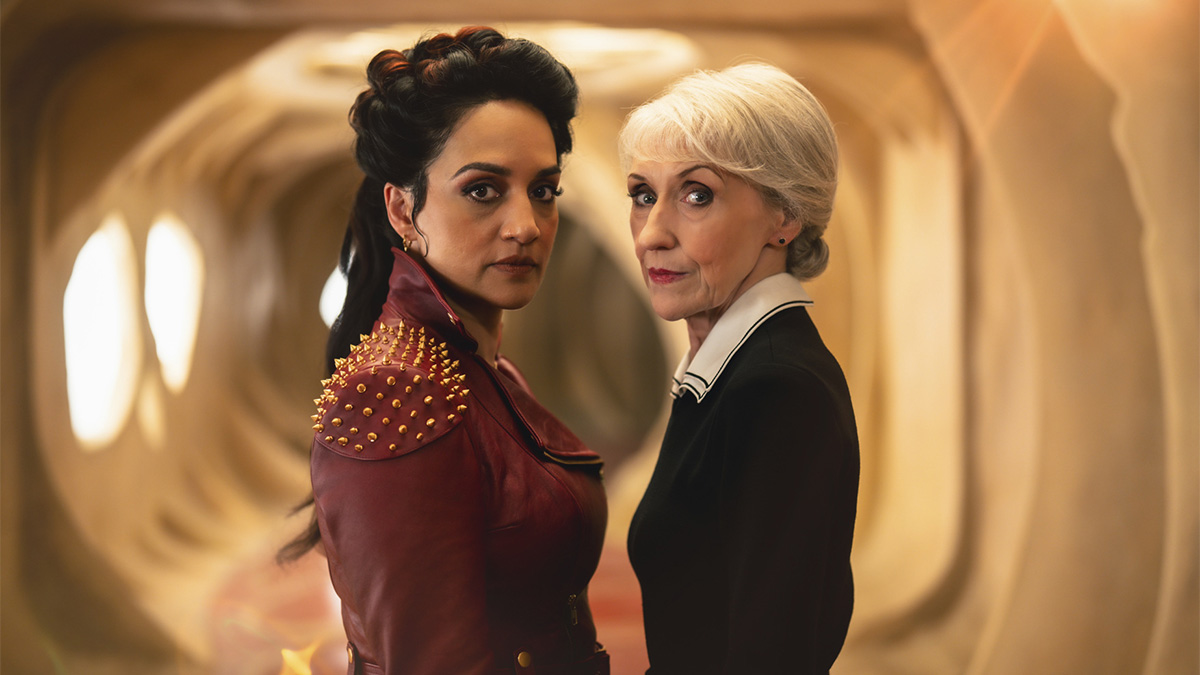A Rich History of Villainy
In the age of IP, where it’s borderline impossible to get something made without existing brand recognition, a show like Doctor Who has certain inbuilt advantages. No matter how many times it regenerates, it still has a rich 60-year history to delve into, with numerous heroes, villains, and concepts that can be taken off the shelf and dusted down for a new era.
Not only are these returning characters good for some publicity, but they come with a certain symbolic weight – a sense of deep lore, a vast and complex mythos spanning decades of real-world time and countless centuries of in-universe time. They’re part of the trusty scaffolding that can, in an ideal world, support new stories, characters, and approaches.
When the revival series started in 2005, then-current (now former and also current) showrunner Russell T Davies was understandably careful about which elements of Doctor Who’s history he brought back, and how. The Autons were an effective threat in the first episode, “Rose,” because they were recognisable enough to mark the show as being “proper Doctor Who” without being so iconic that they overshadowed the introduction of the new Doctor and his companion.
Davies would be equally careful with the far more iconic Daleks, the Cybermen, and later the Master, trying – with admittedly varying degrees of success – to update these classic foes to suit the type of show that Doctor Who had become. The Master was a particularly interesting example. While the three-part finale in which he appeared remains divisive, John Simm’s portrayal of a sadistic, Joker-like mirror of David Tennant’s Doctor was invigorating, and opened up entirely new dramatic possibilities. Without Simm’s Master, it’s hard to imagine that we would have got gender-swapped incarnation Missy, created by Steven Moffat – arguably the most complex and successful take on a legacy villain in modern Who, and a textbook example of how to make a character with decades of baggage feel fresh and vital again.
But just as history can be a benefit, it can also be an albatross.
Diminishing Returns of Legacy Characters
One of the problems with long-running franchises like Doctor Who is that when handled carelessly, those rich legacies can easily start to have diminishing returns, dragging the show down and sucking the air out of the room. And this, unfortunately, is where we found ourselves with the most recent seasons of Doctor Who. The Sacha Dhawan incarnation of the Master, masterminded by Chris Chibnall, was something of a harbinger in that respect, a take on an old villain that felt retrograde, with all the mania and sadism of John Simm’s portrayal dialed up to 11, but to no particular end.

